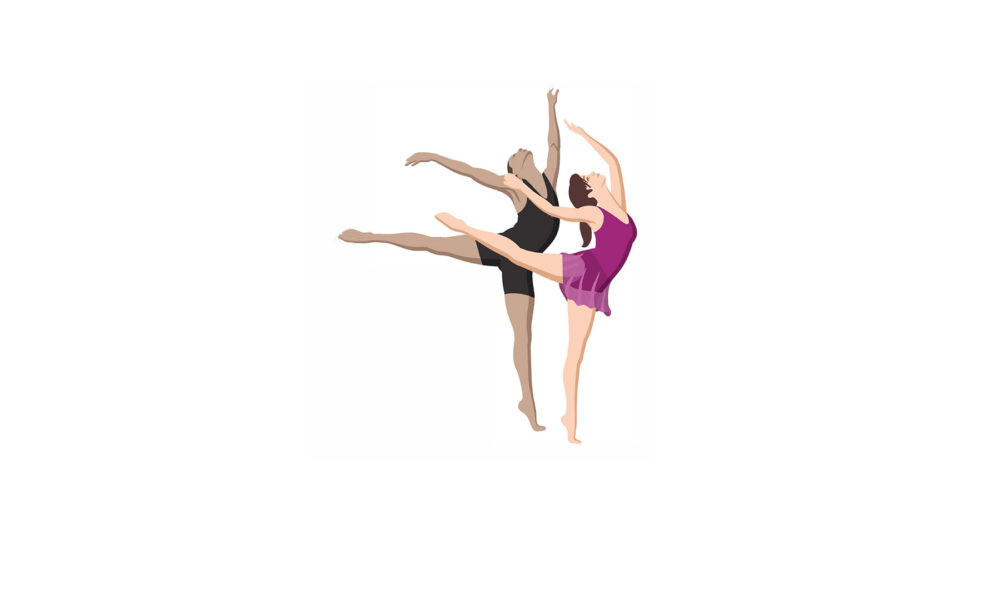Dancing as a form of exercise can keep you young at heart.
Take a dance class. Yes, I’m recommending a dance class as your next method of cross-training.
Dance is a total body workout—you’re using your core, you’re doing way more squats than you can count, and you’re probably holding your arms out and away from your body more than you have since you went holiday shopping! It also does not feel like a workout, so if going to the gym is a rough experience for you, then this form of exercise might be a great option.
Physical Fitness
Just like marching musicians, dancers are athletes with their sport combining artistry and endurance. Dancing is a great way to improve coordination as well as a source of aerobic exercise that can lead to improved heart and lung capacity.
Dance also helps you strengthen muscles that you may not ordinarily use. These include the small muscles, tendons, and small ligaments around the joints. Dancing barefoot exercises all of the feet’s tiny ligaments and bones, not normally accessed when marching but often used with color guard and winter guard.
Injury Prevention
Dance can also be used as a method of injury prevention. The Wigan Warriors world-champion rugby teams from the United Kingdom take ballet classes to help prevent ankle injuries, and the ballet school where I had taken lessons had at least one class made up entirely of high school football players.
Modern dance at times uses a technique called “body-half,” in which you are only moving and using one half of the body, going down the vertical meridian. This type of movement can help diagnose differences in the two sides of the body as we all favor a certain side and typically do routine tasks with one hand, arm, or leg.
Focused Training
Since there are various types of dance classes, you can focus on different areas. Strength and agility are qualities you can hone in a ballet class. Balance and feeling the floor are key elements of a modern dance class. These types of weight-bearing movements help with stronger bones and reduce the risk of osteoporosis, which affects women in particular.
Jazz and tap will help with musicality and rhythm. Most musicians can pick up these types of dances better than the average person. Tap is more about the sound than the movement, but since the movements make the sound, there’s an interesting conundrum and skill to be learned for a marching musician, who is used to linking music and movement but not necessarily in these nuanced ways.
In addition, dance classes such as zumba and jazzercise are specifically designed to build in cardio fitness training to their routines.
Emotional Calm
Finally, listening and moving to music during a dance class has the added mental capacity of calming the senses.
Whether you choose to plié, jive, or swing, dancing helps you get in the groove.


